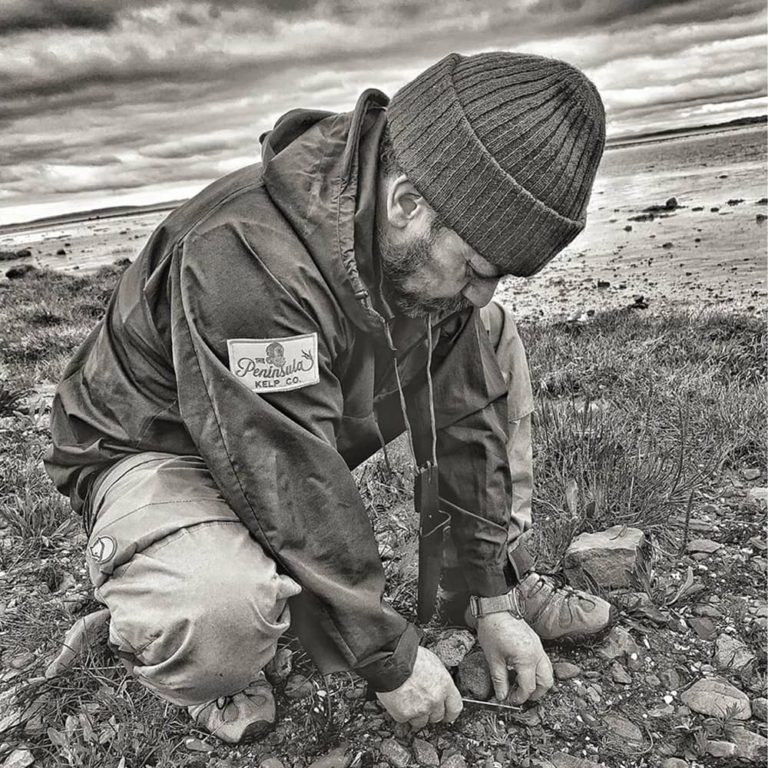EXPLORING MORAY FOREST, SCOTLAND
EXPLORING MORAY FOREST, SCOTLAND
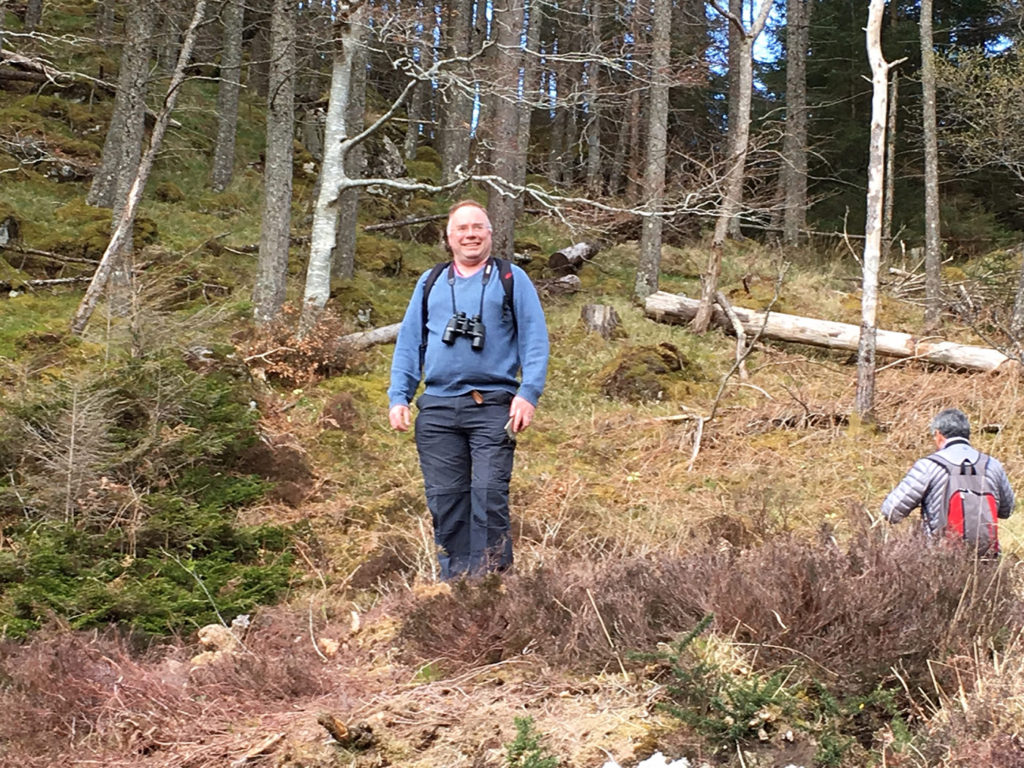
We spent some time chatting to Neil Gordon, who manages the pinewood forest of Pluscarden, in the northern Scottish Province of Moray. The extracts of scots pine and heather which build the luxury fragrance in our new Scots Pine collection are sourced from this very forest.
PINE IS A FRAGRANCE ASSOCIATED WITH CHRISTMAS, WHAT OTHER FRAGRANCES REMIND YOU OF CHRISTMAS?
For me, pine is one of the scents of the forest, and is present all year round. Particularly Christmas scents are those that I associate with my Mother’s cooking at that time of year: Christmas Cake and Christmas Pudding, especially. Needless to say, I try to blank out the memory of Brussels sprouts simmering for hours!
CAN YOU TELL US AN UNUSUAL FACT ABOUT PLUSCARDEN THAT OUR CUSTOMERS MIGHT NOT KNOW?
Pluscarden Forest is close to Elgin, but is closer still to Dallas – the original village of less than 200 souls, though, not the one in Texas, USA!
IMMERSING ONE’S SELF IN NATURE HAS MANY BENEFITS, HOW DOES WORKING IN THE FOREST OF PLUSCARDEN BENEFIT YOU?
That depends on how one defines “working”! The concept of ‘forest bathing’, originally from Japan, is one that I fully comprehend: spending time in amongst trees, where there is the sound of the wind in the leaves and the creaking of branches in stronger winds. There is also the play of light and shade coming through the forest canopy. It brings on a sense of well-being and calm, releasing tensions and worries that have built up since last being within the woods.
On the other hand, when harvesting is taking place (and the noise levels are greater), there is the knowledge that what is being harvested is supplying so many economic niches: larger logs go for construction timber; smaller ones go for decking, fencing and the construction of pallets; the smallest usable timber (‘small roundwood’) goes for paper and cardboard, fibreboards such as plywood, or for wood chips to provide a renewable fuel source for properties such as schools, hospitals or farms. What people do not usually realise is that all these products come from the one tree!
WHAT IS ONE THING OUR CUSTOMERS COULD DO TODAY TO CONTRIBUTE TO FOREST CONSERVATION AND SUSTAINABILITY?
When purchasing wood products, one can look for the PEFC or FSC forest certification logos. These provide assurance as to the appropriate management of woodlands and the timber supply chain. However, all woodland in Britain that receives grant aid is required to comply with the UK Forestry Standard, even if not certificated with PEFC or FSC. So, British timber tends to be sourced from well-managed woodlands. Also, except in specific circumstances, there is a requirement to replant all land where timber has been felled in Great Britain – and, I believe, in Northern Ireland – so that the forest resource is not diminished.
WHAT IS YOUR FAVOURITE NOBLE ISLE COLLECTION?
Oh! That’s a difficult one! Given that this pine and heather fragrance has not been released, yet, I think I would have to opt for ‘Wild Samphire’. Its freshness and what I perceive as the slight aroma of ozone is great first thing in the morning. My wife always insists on your ‘Rhubarb Rhubarb!’, though!
WE HAVE READ THAT PLUSCARDEN IS HOME TO SOME INCREDIBLE WILDLIFE, WITH RUMOURED SIGHTINGS OF LARGE WILDCATS, WHAT’S THE MOST SPECTACULAR NATURE SIGHTING YOU HAVE WITNESSED IN THE FOREST?
I would take tales of “large wildcats” with a pinch of salt! However, wildlife is ever-present. I see roe deer fairly frequently, there. Many years ago, my Father saw a capercailzie in one of the old growth pine stands from where the material for the extracts in this fragrance was sourced. I have not been so lucky, in Pluscarden, and evidence of their presence has not been seen for some time. The geographic range of capercailzie is shrinking, despite the best efforts of woodland managers across Scotland over many years.
ARE THERE ANY INSTANCES OF WILDLIFE OR FLORA AND FAUNA THAT WERE IN NEED OF CONSERVATION THAT ARE NOW THRIVING IN THE FOREST?
It is some years since we conducted an audit of the flora and fauna in Pluscarden. However, our 25-year-old native woodland (Caledonian pinewood style) planting scheme is developing very well, with the typical undergrowth, as well as the fungal and insect life, present. This, of course, ensures the presence of the many bird and animal species that feed on these.
WHAT IS YOUR FAVOURITE CHRISTMAS TRADITION?
There are 3 things, in fact. Firstly, there is the exchange of Christmas cards. Retaining contact with folk I’ve not been in touch with for a while prevents those lines of communication from sundering altogether. I know that people are tending to the electronic for ‘cards’, or donations to charity, these days, but, to my mind, it is always nice to get something through the post that is not a bill! Secondly, there is the fact of being able to go out to one of our woods, and selecting our own Christmas tree. (This is not a practice I advocate for those who do not own woodland, though!) Thirdly, and very importantly, there is the presence of family and friends to celebrate the birth of Christ with.
DO YOU HAVE A FAVOURITE PART OF THE FOREST THAT YOU VISIT OFTEN?
What people tend to overlook is that a forest changes all the time. Trees are living entities: they are planted, or self-seed; they grow over many years; and, they die – either through harvesting or excessive age. Each stage of the growth cycle is wonderful, and benefits different parts of the natural world, but it does mean that a newly planted area will grow, and the canopy will close over, before thinning begins to open up the forest again, prior to felling the final crop. The subsequent replanting brings the woodland cycle back to the young saplings again. So, a ‘forest’ never stays the same. However, there is a ruinous cottage, in Pluscarden. It’s more a pile of stones then anything else, but it has a certain melancholy to it, that makes me wonder about what took place, there, when it was inhabited, and why it was abandoned.

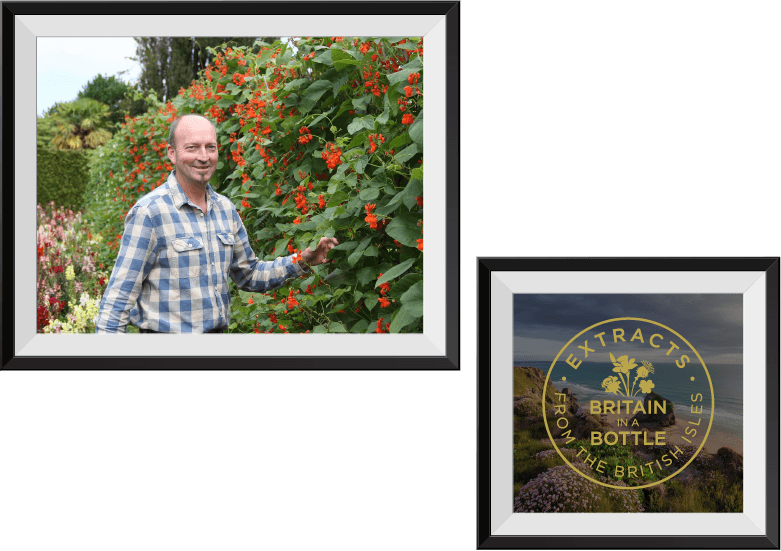
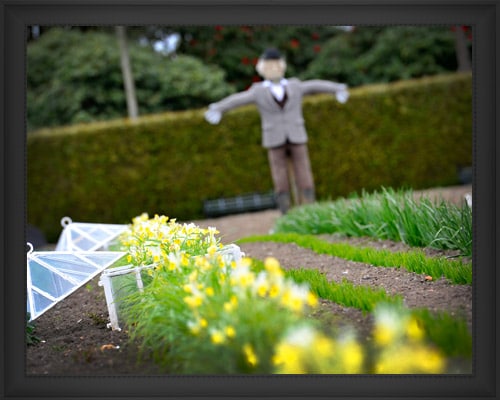
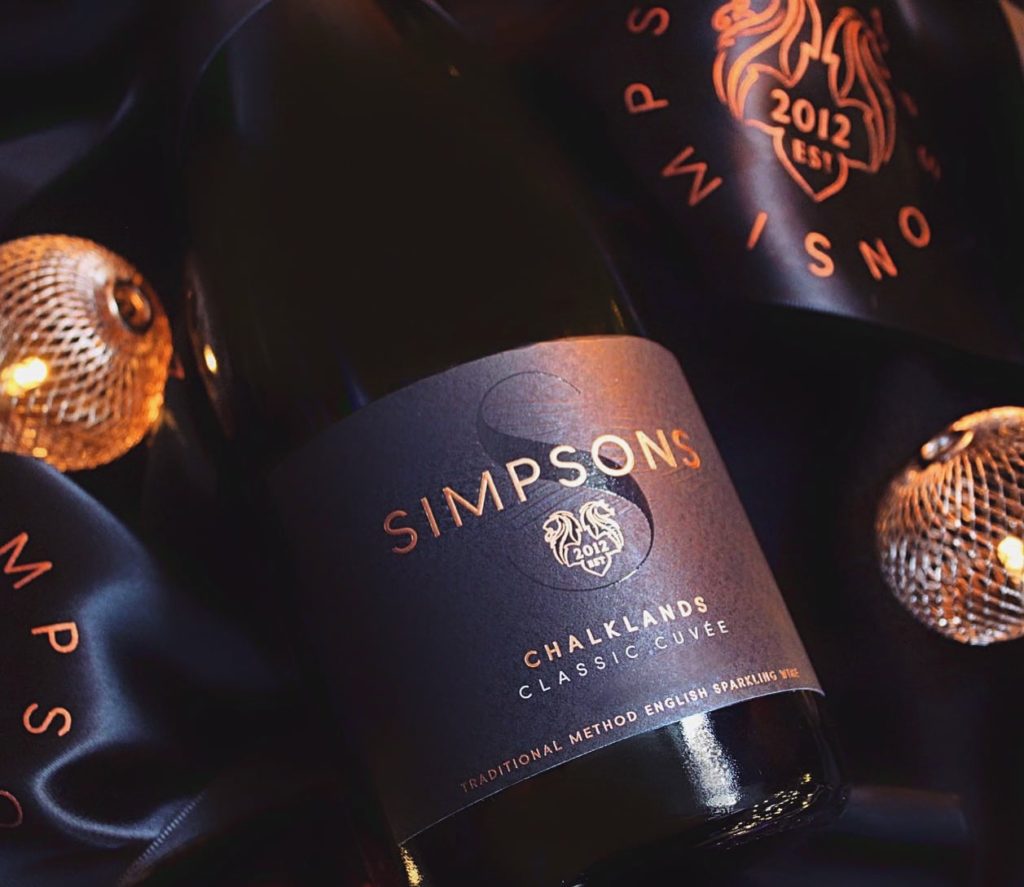
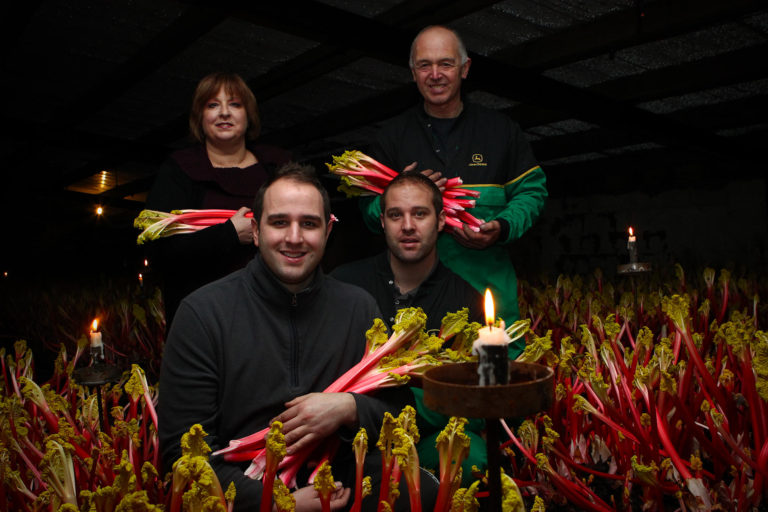
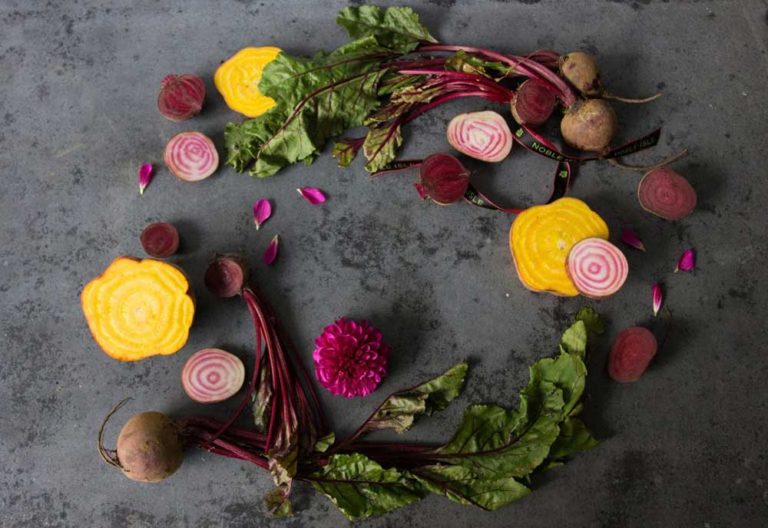
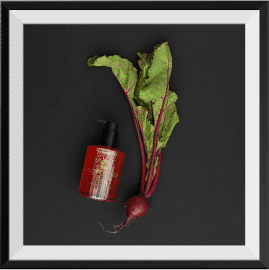
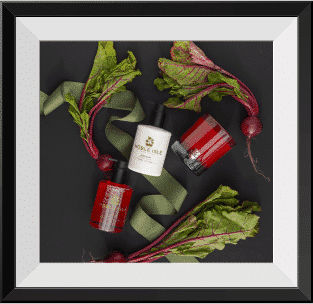 We love the fact that there are many different heritage beetroots available in a variety of wonderful colours, all packed with vitamins, minerals and antioxidants – although only red beets have the cancer-fighting compound betacyanin. It is also low in fat and so versatile that it can appear on a menu as a starter, a main or even a pudding dish. Many sports people drink it as a health juice. Beetroot is thoroughly good for you, tastes delicious and always a popular menu choice with our guests.
We love the fact that there are many different heritage beetroots available in a variety of wonderful colours, all packed with vitamins, minerals and antioxidants – although only red beets have the cancer-fighting compound betacyanin. It is also low in fat and so versatile that it can appear on a menu as a starter, a main or even a pudding dish. Many sports people drink it as a health juice. Beetroot is thoroughly good for you, tastes delicious and always a popular menu choice with our guests.